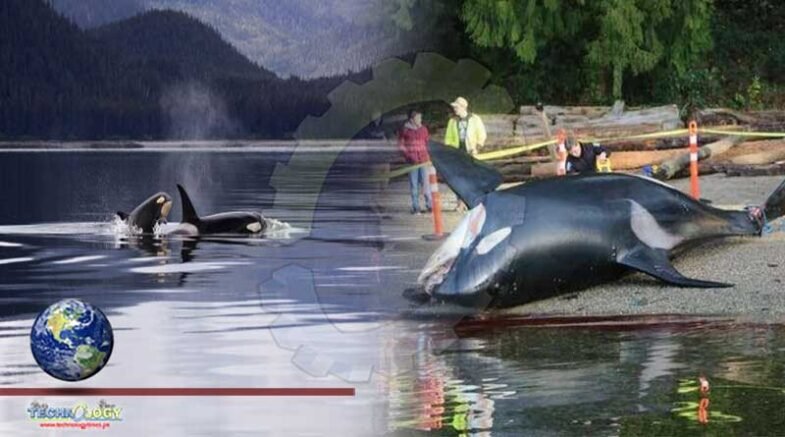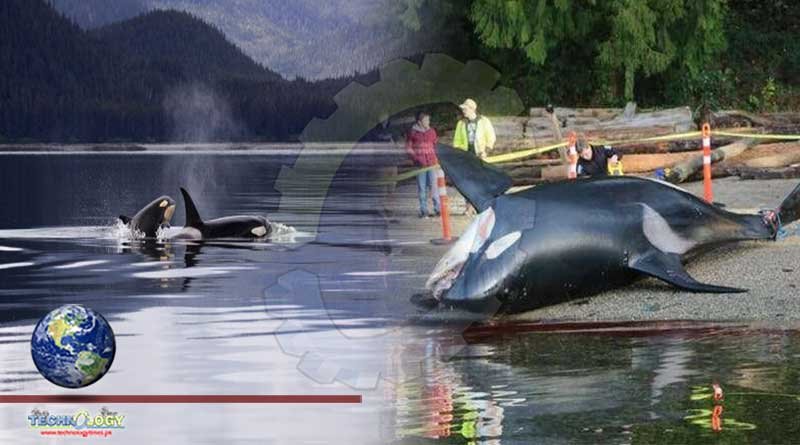Killer whales also known as the Orcas have been regarded as apex predators, and in some cultures, they are revered as protectors of the sea.

Killer whales have always been regarded as apex predators, and in some cultures, they are revered as protectors of the sea. But a new study paints a different picture. Orcas are facing numerous threats that could hasten the already dwindling population to near extinction.
What are Orcas?
Orcas or more commonly known as killer whales are named as such because of their ability to prey on larger whales.
These large carnivorous mammals often move in pods and can live up to 50 to 80 years and weigh up to 6 tons. Orcas are the largest of dolphins and are one of the most powerful predators.
Post-Mortem Report on The Killer Whales
Despite their diverse diets and vast hunting grounds that spread from polar regions to the equator, orcas in the Pacific Northwest have suffered the most.
Pods suffer from fatal encounters with vessels, disease, malnutrition, and accidental stranding due to shifts in tides according to a recent study published in the journal PLOS One.
Led by researchers from the British Columbia Ministry of Agriculture and in collaboration with several agencies in the United States and Canada, the study aims to provide deep insight into the orca’s mortality rate and help improve management and conservation efforts.
Researchers analyzed pathology reports of 53 stranded orca reports found in the eastern Pacific Ocean and Hawai’i between 2004-2013 and determined the causes of death for half the cases.
Findings suggest that fatalities involving human interaction occurred in every age group.
Stephen Raverty, lead author and veterinary pathologist from the Ministry of Agriculture says, “About 40% of the southern residents died of a ship strike.” He referred to an endangered group of orcas that range from Southern California to Central Vancouver Island in British Columbia.
He adds, “Orcas migrate seasonally, going off-shore in fall/winter and then returning in large numbers to feed in areas that coincide with salmon runs. Many of these occur in areas with active fisheries and where there may be large shipping lanes.”
Fish hooks were also found in two cases, which adds to prior evidence that fishing gear poses hazards to orcas especially younger less experienced animals.
The researchers identified other causes such as parasites and congenital defects. Upon analyzing post-mortem reports with a separate group of 35 stranded animals, researchers were able to establish baseline data for evaluating animal health and what causes expiration.
Raverty explains that the research was propelled in part by the significant drop in orca population in the south in the 1990s to roughly less than 80 animals today.
Researchers hope that data gathered will not only help aid agencies such as the National Oceanographic and Atmospheric Administration and Canada’s Department of Fisheries, but will also encourage biologists, researchers, and the public to share observations about abnormalities in killer whales so they can be tracked.
Raverty adds, “Because orcas are so long-lived and high in the food chain, they really do give us insights in terms of ecosystem health.”
Originally published at Science Times
